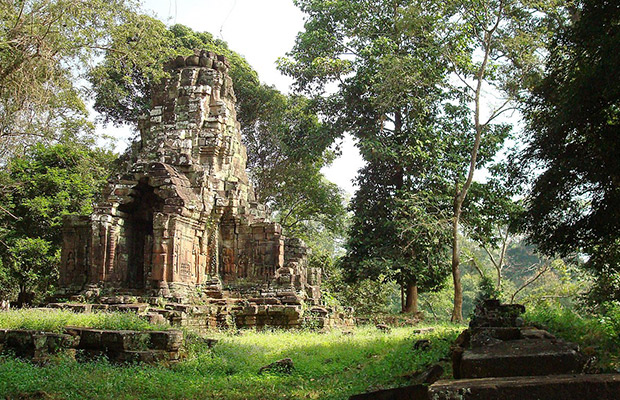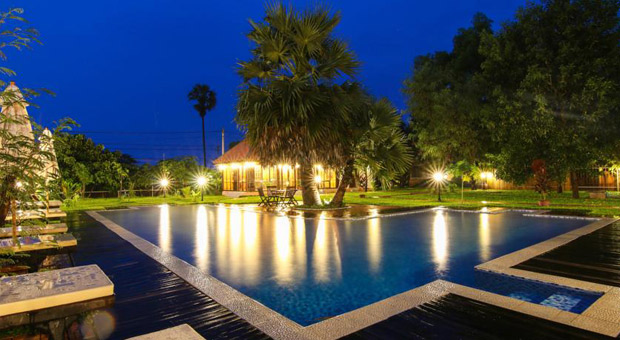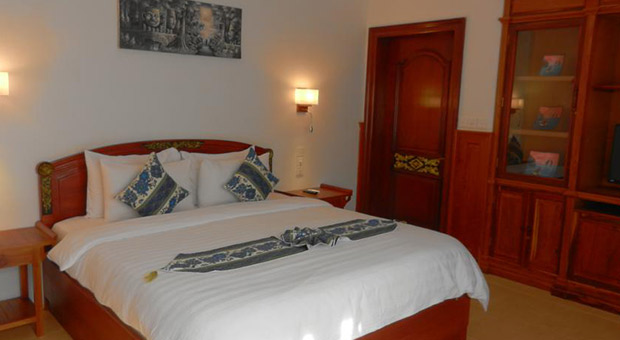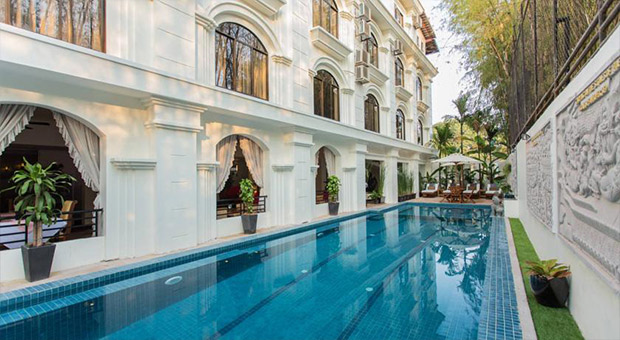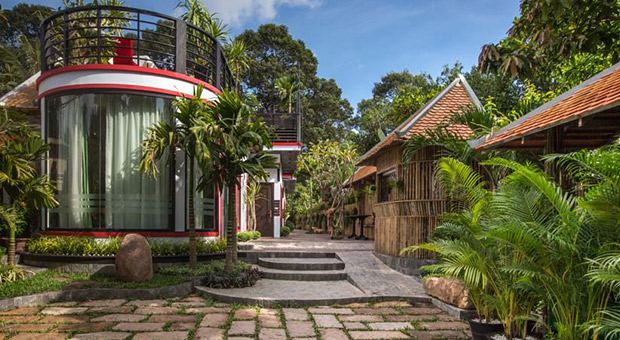Prasat Chrung
Prasat Chrung
Cambodia
Siem Reap
Siem Reap Travel Guide
Book Tour & Activities
Your tour in Siem Reap.
Book your stay
Your hotel in Siem Reap.
Overview
Prasat Chrung, one of four identical temples marking the corners of the Angkor Thom, rarely sees a soul, making for an atmospheric place to seek solitude. From here you can enjoy views over Angkor Thom's vast moat.
Prasat Chrung (Southeast) (late 12th, early 13th century)
Four towers known as the 'Prasat Chrung' stand at the corners of Jayavarman VII's grand fortress of Angkor Thom. Although they occupy strategic spots with great visibility into the surrounding countryside--an area that used to be thickly populated outskirts of the capital--the towers were not built for defense. Rather, each commemorated the deeds of Jayavarman VII and housed a stele extolling his accomplishments. Although the stele have been removed for safekeeping elsewhere, the sites are worth visiting as they are relatively off the beaten path and contain high-quality apsara figures. Of the four Prasat Chrung, the southeast corner tower (the one shown here) is the best preserved.
As the four towers sit atop Angkor Thom's walls there is no modern road leading to the sites. Visitors interested in seeing the southeast tower need to ascend the wall at the Gate of the Dead and walk 1.5 kilometers south along the wall. Although the path is clear, one should be careful not to stray too close to the edge of the wall.
Prasat Chrung (Khmer: ប្រាសាទជ្រុង) are temples that located at each corner of the Angkor Thom, on the earth embankment that reaches almost to the top of the walls, is a small temple known as Prasat Chrung (Shrine of the Angle) in modern Khmer. These four sandstone temples, in the style of Bayon, were Buddhist and dedicated to the Bodhisatta Lokesvara, as was the Bayon and the city. Cross-shaped in plan and facing to the east side. The sanctuary surrounded by a tower and originally steles with a poem praising the king were housed in small adjacent structures. Each stele has four different authors. Today these are housed in the Conservation office. Some of the originally Buddhist pediments were defaced in the late 13th century during the reign of king Jayavarman VIII and the figure of the Buddha was transformed into a linga.
Video Travel Inspiration
Most Popular Cities

Siem Reap
Cambodia
Ho Chi Minh City
Vietnam
Beijing
China
Paris
France
London
United Kingdom
New York
USA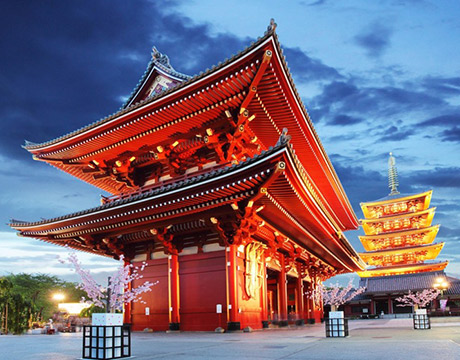
Tokyo
Japan
Bangkok
Thailand
Seoul
South Korea
Vientiane
Laos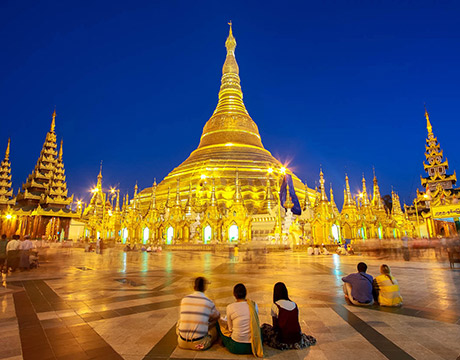
Yangon
Myanmar
Washington DC
USA
Los Angeles
USA
Ottawa
Canada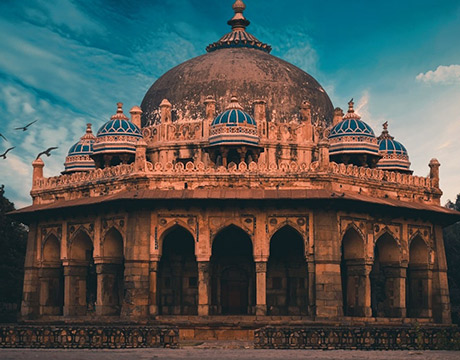
New Delhi
India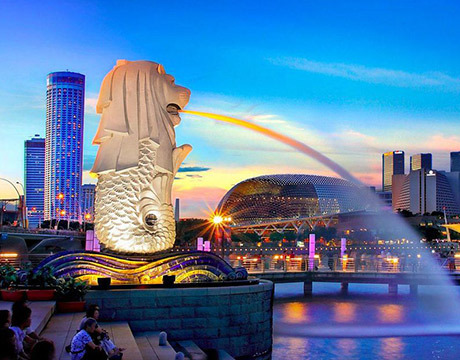
Singapore
Singapore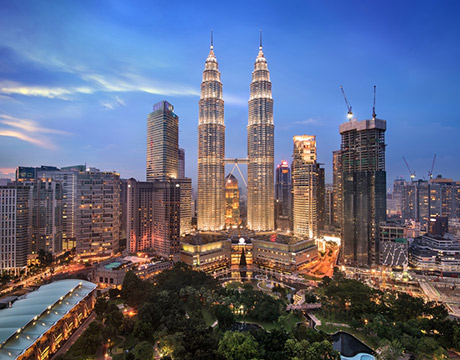
Kuala Lumpur
Malaysia
 English
English French
French Khmer
Khmer Thai
Thai Vietnamese
Vietnamese Chinese
Chinese Korean
Korean German
German Japanese
Japanese Italian
Italian Russian
Russian Spanish
Spanish Dutch
Dutch Indonesian
Indonesian Malay
Malay
